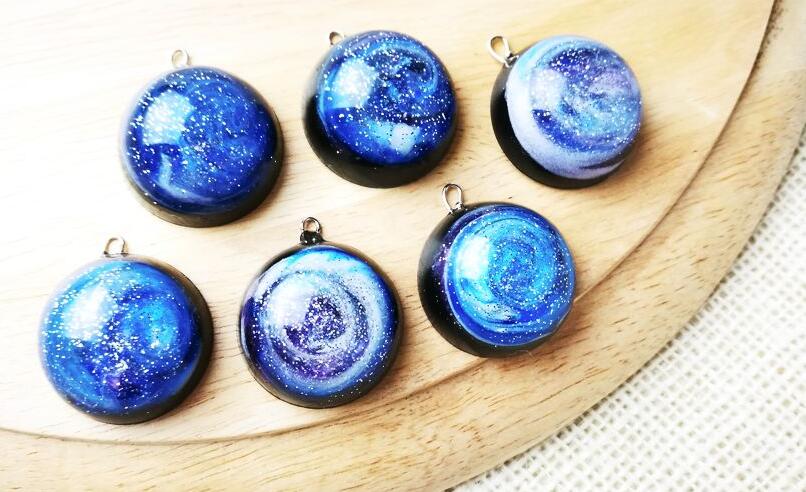How to mix mica powder and pigment powder with epoxy resin?
Pigment powders consist of pigments known to color paints and are primarily used to add color to many products. It is born without any glossy properties.
What are pigment powders?
Bath pillows consist of pigments known to color paints and are primarily used to add color to many products. It is born without any glossy properties.
The effect is similar to that of powdered colored chalk. Pigment powders consist of a range of colors such as ultramarine blue, cadmium red, yellow ochre and titanium white.
Pigment Blue 15 is an example of a synthetic man-made pigment that is not naturally occurring. The recommended pure pigments are usually higher than those mixed with fillers such as chalk.
What is Mica Powder?
Mica powder is one of the most popular choices for artists and hobbyists who want to create the most beautiful artwork. Composed of the most natural elements, it is very safe and non-toxic to use.
The difference between mica powder and pigment powder is a common confusion.
Mica powder is shiny and gives a very glossy effect, while regular colored pigments have a matte appearance. This powder is very pliable and can be used in beauty products, health care products such as lotions and soaps, and art supplies. Makeup enthusiasts are often baffled by the glow and radiance it gives to their appearance. For artists, it is perfect for any project.
Widely used in woodblock prints, color festivals, clay pots and architecture, mica is an organic mineral found in stone. When this mineral with shiny flakes undergoes a grinding process, it is transformed into powder form. Mica powder is known for producing a perlite effect.

How to mix mica powder and pigment powder with epoxy resin
Many people consider mixing mica and pigment powders with epoxy resins. This can be done in a variety of ways. However, you must keep certain things in mind.
Make sure your pigment powder is completely dry and away from any additional moisture. Moisture can prevent the epoxy from curing or promote a soft cure. Also, be careful when mixing resins and hardeners.
Combining your resin and hardener
If you have never used a resin and hardener before, here is a crash course. Epoxy resins are usually divided into two parts, the resin and the hardener, and when these two parts are mixed together in a 1:1 ratio an epoxy resin is formed.
Once poured together in this balance, use your stirring stick to get it nice and pasty and let it sit for a few seconds before moving on to the next step.
Sprinkle the mica powder into the resin mix.
Take a fair amount of the pigment powder. Make sure it is not overdone and sprinkle it little by little on your cup of mixed resin. You can use a measuring spoon as a precaution. Stir gently without affecting the consistency. If you still feel the need to add more pigment powder, you can add a small amount.
Beware of any lumps and stir the solution thoroughly with a stirrer to check for any lumps that will not dissolve. This method is ideal for pigment powders that are already well ground and do not agglomerate into lumps.
Premixing with wax paper surfaces.
The mixing of the colors should not be affected, which can happen if the pigment powders chosen are very heavy. Sometimes they do not spread well and cause a lot of disturbance to your resin artwork. The consistency of the mixture may be very irregular with an unpleasant finish.
For this case, you can continue to use a wax paper surface. Pour some resin onto this surface and add the pigment powder. Mix the mixture well and crush large pieces. Mix well to form a consistent mixture that will become your stock solution. Once you are sure it is well mixed, you can add the solution to the resin.